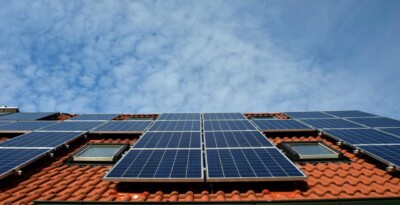The correct sizing of solar or back-up systems is all about “getting the numbers right”.
How much energy is needed?
At what rate (power) is it required to be delivered at and for what length of time?
What time of the day is the energy required? (That is where the science comes in).
Solar panels can be orientated to give you overall average generation throughout the day (typically north facing) or better peak performance in the morning and afternoon (east/west configuration).
The angle of the face of the panels also effects the peak generation, typically 10 to 15 degrees is optimal.
As far as ESS (Energy Storage Systems) is concerned, the calculation can be compared to a bottle of water. If there are only 5 litres available, then that is what you have to use.
If you pour it out quickly, it won’t last long. The same principle applies to energy storage. A 4.8kWh lithium unit contains 4800 watts of energy, so if you use 1000w continuously, it will last for 4.8 hours.
We typically don’t run them completely flat each time, as this shortens their lifespan. We run them down to 80% so you will get 3.84 hours of real run-time.
If you use 500w continuously it will last for 7.69 hours.
Solar panels are also subject to about 25% general loss, so an overall 5kWp (kilo-watt-peak) system will average 3.75kW during the course of the day.
There are also cable losses that have to be taken in account when we are “doing the maths” as well as making sure that all components are suited to one another.
An all too common mistake is to oversize the number of solar panels and overpower the inverters. The power that is not either consumed or stored, must be burned off as heat.
Constant overpowering of the MPPT (maximum power point trackers) will eventually cause them to fail.
System design is all about getting the balance right. We have tried and tested combinations that have worked for many years to cater for your various needs.
(Copyright) John Airth (2020)



